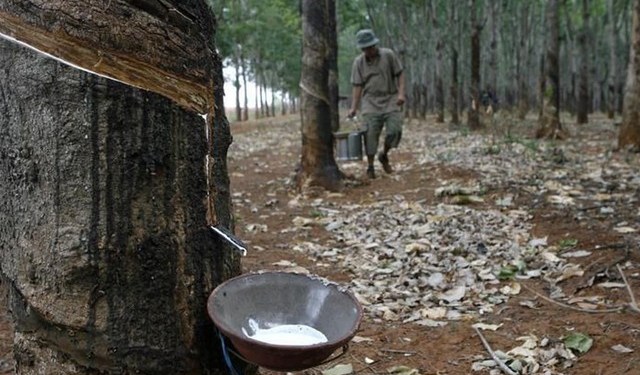Rubber jumped near to a nine-month high as the Japanese currency traded close to the lowest level against the dollar since 2010 on speculation the Bank of Japan (8301) will increase stimulus.
Rubber for delivery in June advanced as much as 2.2 percent to 319.1 yen a kilogram ($3,562 a metric ton) on the Tokyo Commodity Exchange, and traded at 313.5 yen at 11:23 a.m. local time. Futures reached 321 yen on Jan. 11, the most expensive since April.
Bank of Japan Governor Masaaki Shirakawa, speaking to branch managers today, said the bank will continue to pursue powerful easing. The yen traded at 89.57 per dollar after dropping to 89.67 yesterday, the weakest level since June 2010.
“Rubber was bought as expectations grew that a weakening yen will boost earnings of Japanese exporters and help revive the nation’s economy,” Kazuhiko Saito, an analyst at broker Fujitomi Co. in Tokyo, said by phone today.
The government said last week it will spend 10.3 trillion yen in new stimulus efforts. The BOJ will review its 1 percent inflation goal at a Jan. 21-22 meeting after Prime Minister Shinzo Abe demanded it double the target.
Rubber for delivery in May fell 0.1 percent to 25,810 yuan ($4,149) a ton on the Shanghai Futures Exchange. Natural rubber inventories monitored by the bourse continued to expand, climbing 1,824 tons to 101,482 tons, the highest since March 2010, the exchange said Jan. 11, based on a survey of nine warehouses in Shanghai, Shandong, Yunnan, Hainan and Tianjin.
Thai rubber free-on-board lost 1 percent to 101.70 baht ($3.38) a kilogram yesterday, according to the Rubber Research Institute of Thailand.
Source: Bloomberg



























